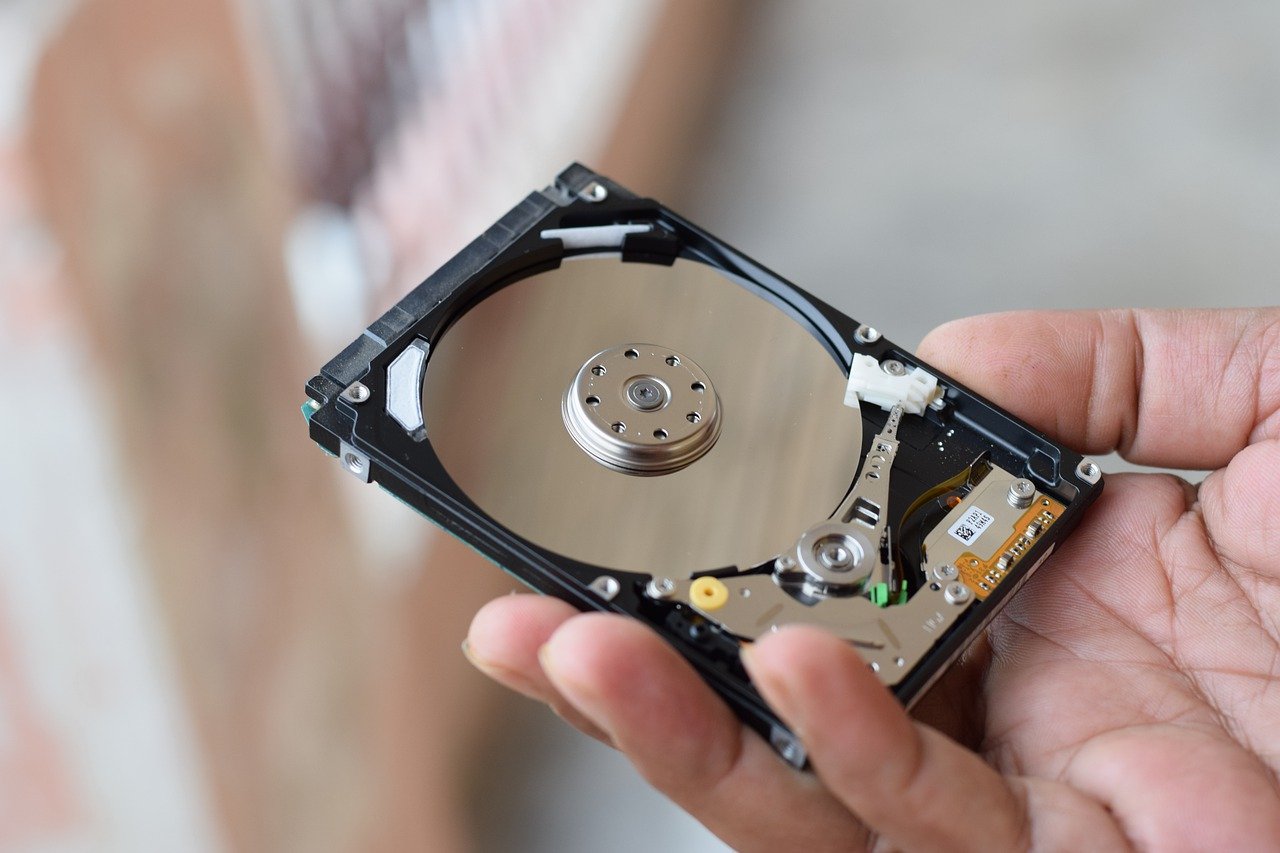In the world of computer storage, two technologies dominate the scene: Hard Disk Drives (HDDs) and Solid State Drives (SSDs). Each type of storage offers distinct advantages and serves different needs, which can be confusing for someone not well-versed in technology. This article aims to demystify HDDs and SSDs, explaining their similarities and differences in simple terms.
What is an HDD?
A Hard Disk Drive (HDD) is a traditional storage device that uses mechanical platters and a moving read/write head to access data. It’s akin to a record player but uses magnetic storage to hold digital data. HDDs have been around since the 1950s and are known for offering a high amount of storage capacity at a relatively low cost.
What is an SSD?
A Solid State Drive (SSD) is a newer type of storage that uses flash memory to store data. Unlike HDDs, SSDs have no moving parts. SSDs are similar to USB flash drives but are more sophisticated and faster. They use the same type of non-volatile memory as flash drives, meaning the data isn’t lost when the power is turned off.
Key Similarities
- Purpose: Both HDDs and SSDs are used for the same general purpose: storing data and applications on computers and other devices.
- Interface Compatibility: Both types of drives often use the same interfaces to connect to a computer, typically SATA (Serial ATA) or NVMe (Non-Volatile Memory Express) for newer SSDs, making them interchangeable in most systems.
- Storage Capacity: Both HDDs and SSDs are available in various storage capacities, catering to different needs from everyday computing to large-scale data centers.
Key Differences
- Speed: SSDs are significantly faster than HDDs. They offer quick boot times, fast data access, and higher bandwidth for data transfer. This speed difference is due to the lack of moving parts in SSDs, which allows for immediate access to data.
- Durability: SSDs are more durable because they don’t have mechanical parts that can wear out or fail. The moving parts in HDDs make them more vulnerable to physical damage, especially if they are dropped or jostled.
- Energy Efficiency: SSDs generally consume less power, which can be a crucial advantage in portable devices like laptops. Lower power consumption results in better battery life and less heat production.
- Cost: HDDs are much cheaper than SSDs in terms of dollar per gigabyte. Although the price of SSDs has been falling, HDDs still offer a cost-effective solution for bulk storage requirements.
- Noise and Vibration: Since HDDs rely on spinning disks and moving heads, they can produce noise and vibration. SSDs are silent and produce minimal heat because they have no moving parts.
Practical Usage
- SSDs are ideal for performance-critical applications, such as gaming, high-speed trading, or any software that requires quick loading times. They’re also beneficial in mobile devices where speed, durability, and power efficiency are paramount.
- HDDs are suited for archival storage or for users who need lots of storage without breaking the bank. They’re commonly used in desktop computers, external backup drives, and where data volume rather than speed is required.
Conclusion
The choice between an HDD and an SSD will largely depend on your specific needs and budget. If performance, speed, and quick access to data are critical, an SSD is the best choice. However, if you need to store large amounts of data cost-effectively and speed is less of a concern, an HDD will serve you well. Understanding these key points can help you make an informed decision about which storage option is right for you.

